5 February 2020
Choreographer and dancer Lucy-Margaux Marinkovich directs Strasbourg 1518, which runs 12-15 March at Circa Theatre as part of the Festival. Here she writes about the thinking behind the piece she's produced with her partner, the musician and writer Lucien Johnson; medieval dancing plagues, dance marathons, the role of the body in protests, and the uniquely human compulsion to respond to the world through art.
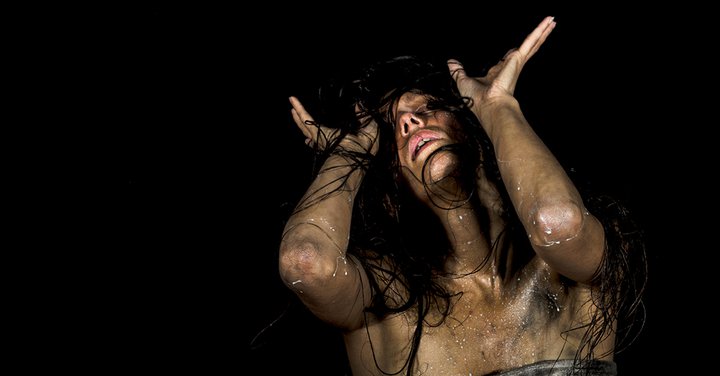
While dance can and should happen anywhere, I love being inside theatres. There is something about the air that feels rich. Both heavy with the memories of past shows and electric with potential for new ideas. I like to think that it’s when the audience arrives and takes their seat in these darkened rooms that the real collaboration of my art-making begins. While absorbing the fragile structure of images, light and sound that we’ve assembled, it is the audience member who creates the show as they place the experience they’re having of the performance into a dialogue with all the experiences they’ve ever had up until the moment they walked in.
Lucy Marinkovich -While dance can and should happen anywhere, I love being inside theatres. There is something about the air that feels rich.
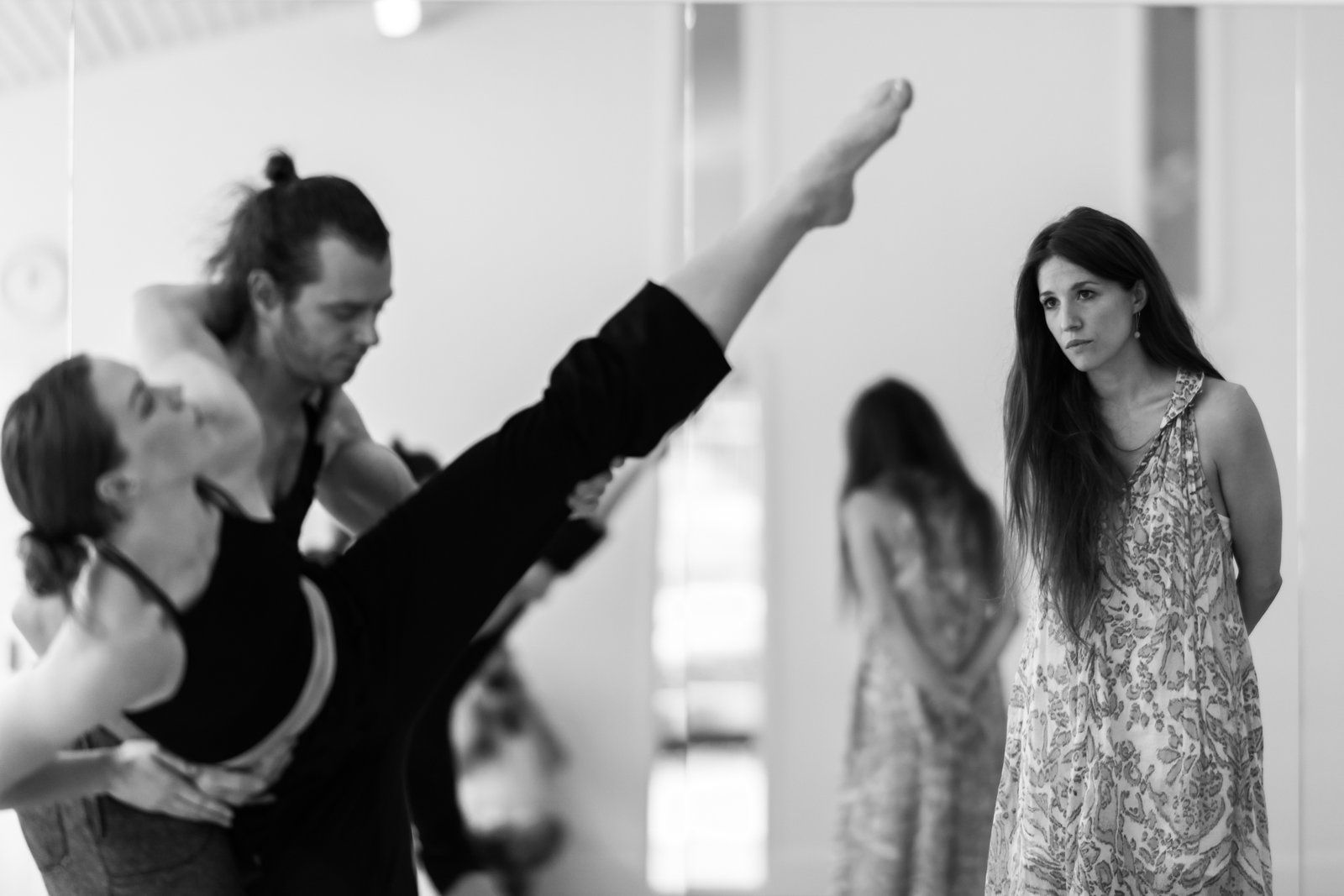
Outside of this potent theatrical atmosphere, like in 1518, it feels as though some of our social fabrics are tearing at the seams. We are seeing how fragile certain systems are and it’s exhilarating to watch people add their bodies to the swell of mass movements. People across the world are now taking to the streets to protest in a way that I don’t believe that we’ve seen in decades. When the dispossessed have nothing left to fight with, then it’s their body that resists oppression by simply existing, claiming their right to take up space, and publicly adding the weight of their presence to a cause. While it may not be an inspiration in the romantic sense of the word, I have been deeply invested in the international climate marches, the feminist protests that emerged in the wake of the ‘Me Too’ movement, and the Brexit demonstrations. I find the solidarity and camaraderie of multiple people coming together to redirect the course of history one of the most beautiful expressions of a functional, healthy society. It is also clear that no one writes an ironic protest sign like United Kingdom residents.
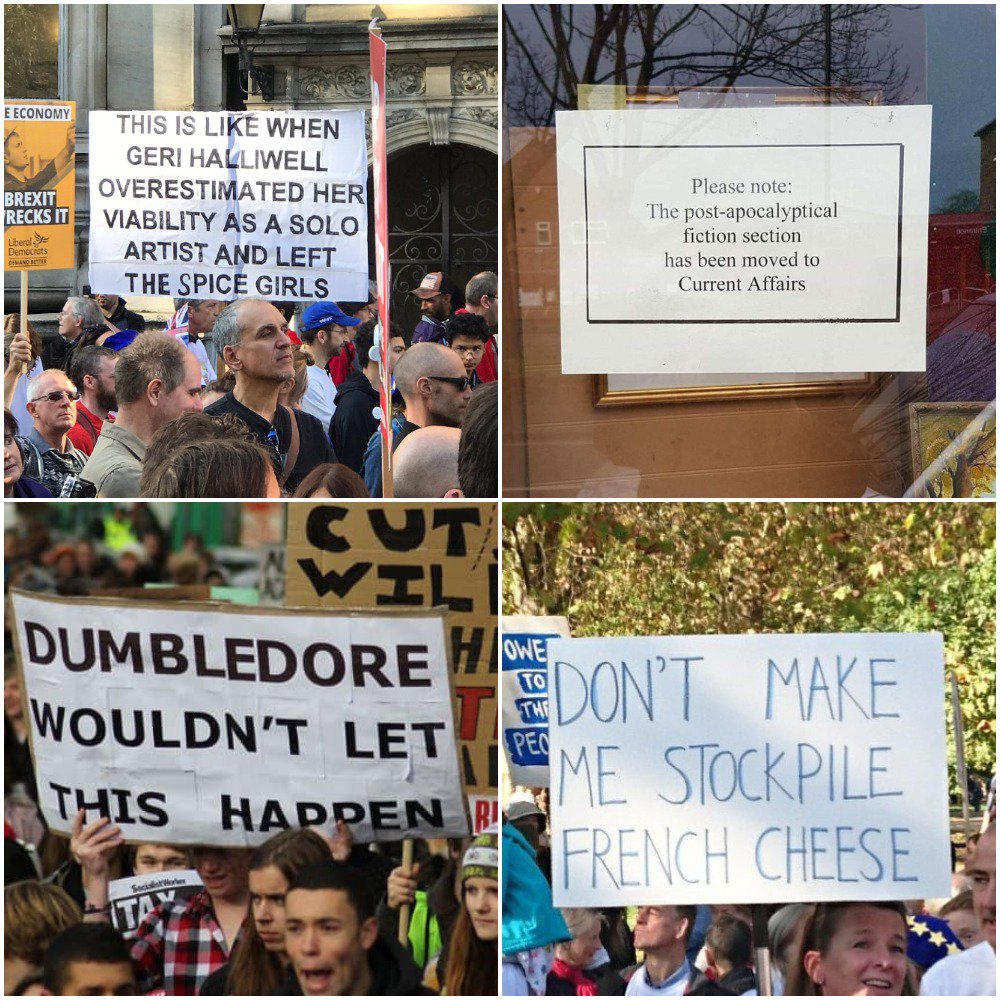
Lucy Marinkovich -When the dispossessed have nothing left to fight with, then it’s their body that resists oppression by simply existing, claiming their right to take up space, and publicly adding the weight of their presence to a cause.
In the face of the climate crisis and the impact on human civilisation, I have thought a lot about how art and in particular dance relates to this seemingly apocalyptic future, how dance is or is not relevant. Images and stories of mass protests remind me how vital the expression of dance is to humans, our first means of communication with each other. Now, more than ever, I think it is essential that we remember what it means to move together, to dance with each other: to have empathy and compassion as we confront and embrace a body that has lived through experiences different to our own.
The beginning of our new work Strasbourg 1518 began when Lucien Johnson read The Guardian’s review of John Waller’s book about the dance epidemic, A Time to Dance A Time to Die. Lucien (my partner and Strasbourg 1518’s composer, script writer, and musician) slid the laptop across to me and said, “this is our next show”. Once we knew that this medieval dancing plague occurred we were captivated, and so began our deep plummet into years of research to flesh out the tale of Strasbourg’s choreomaniacs.
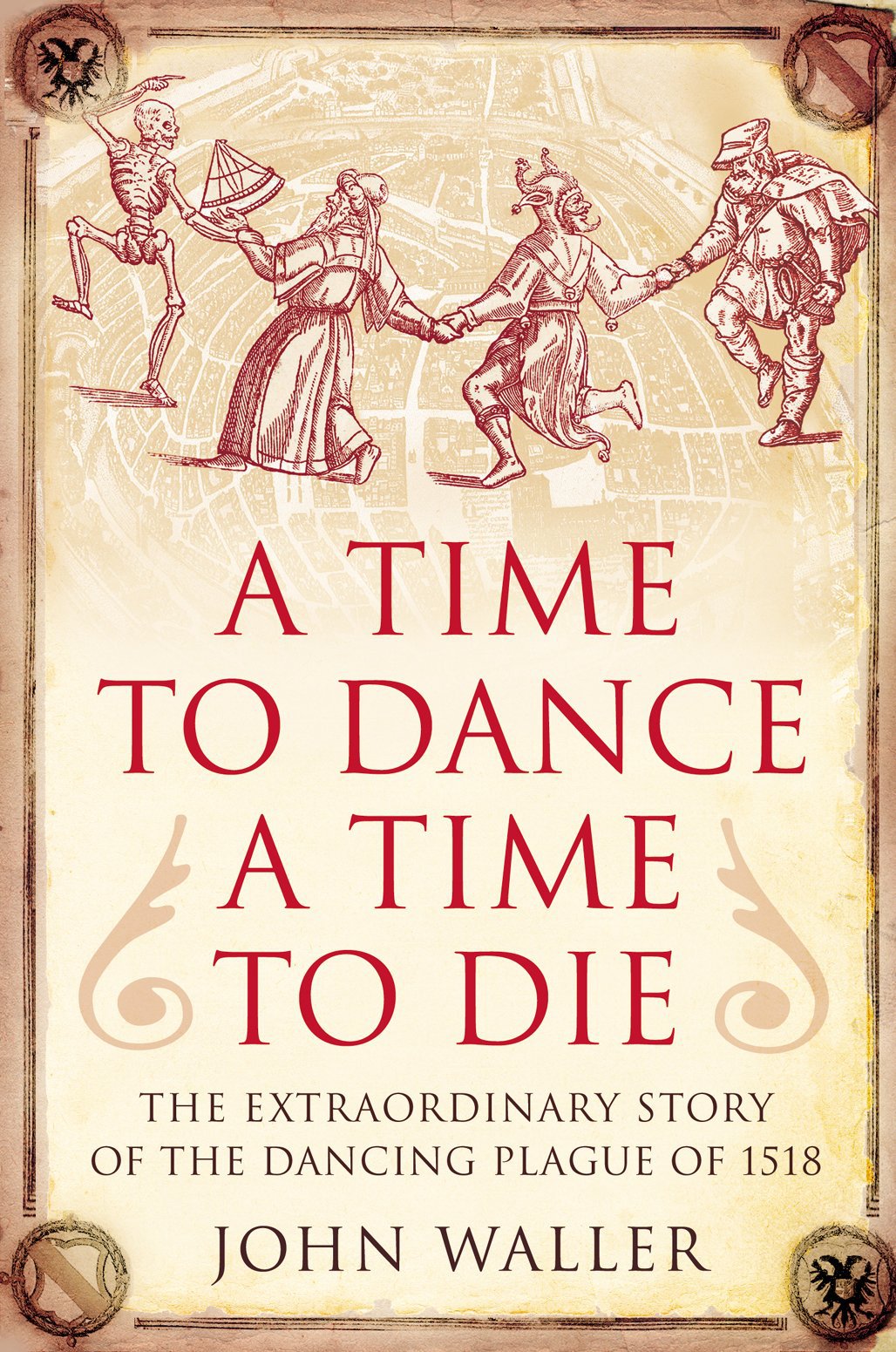
One of the surprises that emerged from our research into dance, trance and death, was the American Dance Marathon phenomenon of the 1920s and 1930s. Held at the time of the Great Depression, couples would dance almost non-stop for hundreds of hours, sometimes even for months, in competition for prize money. Also known as ‘Walkathons’, dancers were required to keep their feet moving up and down (not shuffle) for 45 minutes of each hour. A controversial form of entertainment, audience members paid a 25-cent admission to watch people more desperate than themselves dance into states of extreme fatigue and debasement. To heighten the amusement the organisers would add in sprint races, stage fake weddings on the dance floor, games designed to humiliate participants, and grueling elimination rounds. Pushed to such extremes the dancers would sleeping while standing up holding onto their partner, and would be disqualified if their knees reached the floor.
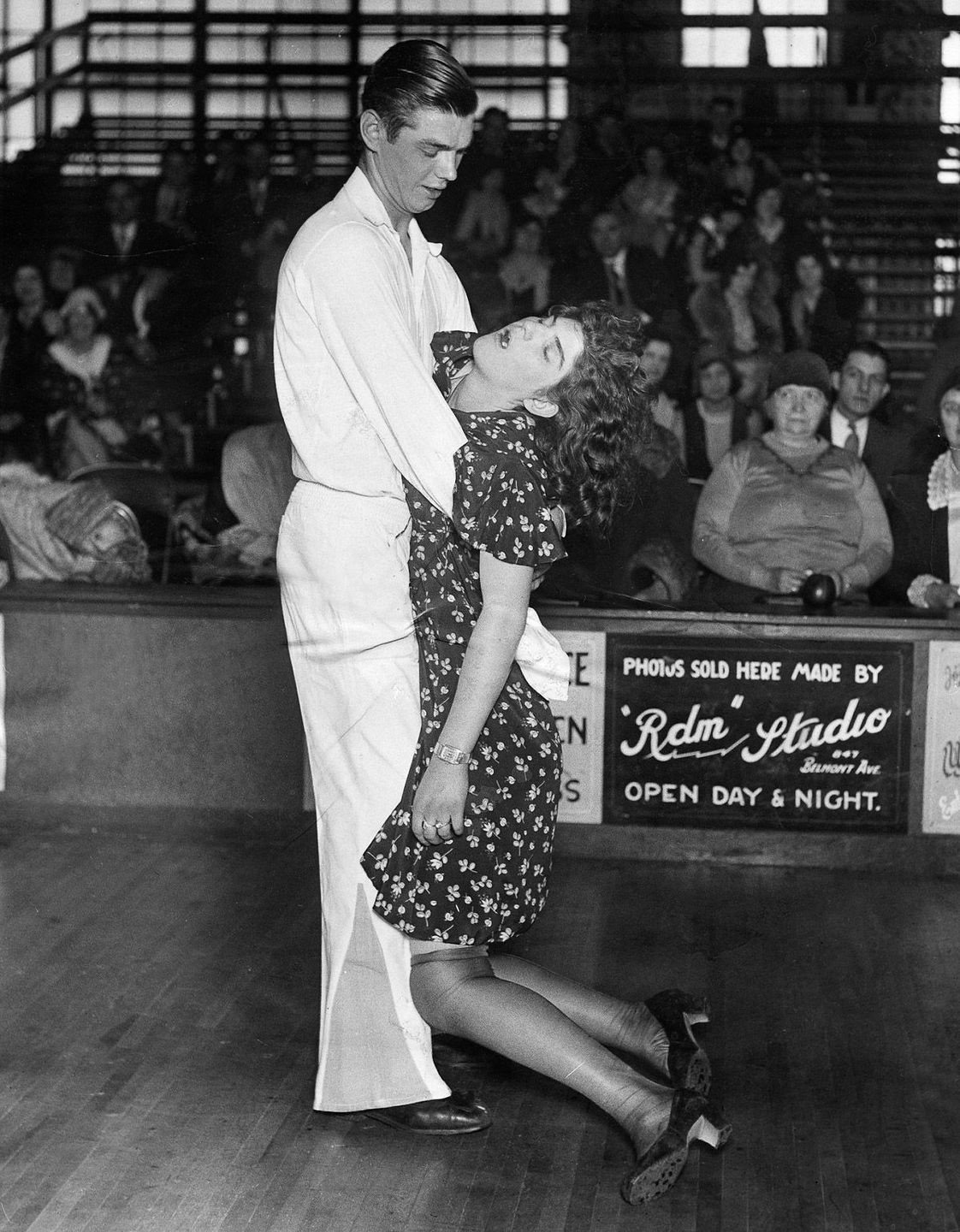
Inspired by Hans Christian Andersen’s fairytale, Michael Powell and Emeric Pressburger’s 1948 film The Red Shoes is one of cinema’s greatest works about artistic obsession and self-sacrifice. The meta film follows the rise of a ballerina named Vicky, embodied completely by the luminous Moria Shearer. She becomes the muse of the ballet company’s single-minded impresario, Lermontov, as he stages a new ballet about a woman compelled to dance in her red shoes. While the archaic misogyny that permeates the film may put off contemporary viewers, please at least do your eyes and soul a favour and watch sumptuous 17-minute ballet scene at the center of the film. It is a masterpiece of collaboration. In this film is wrapped up the need, passion and desire to dance, create and express yourself through art, while simultaneously peeling away and exposing the pain, violence and conflict of what it is to make yourself vulnerable through creating and performing your art.
Boris Lermontov: “Why do you want to dance?
Victoria Page: Why do you want to live?
Boris Lermontov: Well I don't know exactly why, er, but I must.
Victoria Page: That's my answer too.”



